





(11 minutes)
screened at Glasgow Tramway gallery
as part of the Gentle Battle exhibition.
screened at Fondation Donwahi
as part of Les Chichas de la Pensee
Abidjan, Cote d’Ivoire
screened at the French Institute of
Côte d’Ivoire, Abidjan, as part of the
“Heriter du Futur” forum
“Essuf is an illness of the soul, in its initial manifestation. In the Tuareg medical system, this is a desolate state. A place of alterity where one takes refuge: torn between two choices or universes that are different and irreconcilable.”
Susan J. Rasmussen
Made mostly using found footage and computer generated imagery, this short film is an exploration of a hybridised future between settled and nomadic customs in the Western and Central Sahel. “Sahel” in Arabic translates to “shore”, the geo-cultural region is located at the hem of the Sahara, straddling two worlds. The ongoing expansion of the desert to the south increasingly blurs and challenges notions of national borders in the region.
Explored through the design of a story, narrative fiction is used as a vessel to conceptualise a new ritual journey through the Sahel shrouded in mythologies. Aided by life support systems for sedentary pilgrimage goers and a cave in the Guelta d’Archei — situated in the Tibesti-Ennedi triangle: “The Origin of the Desert” — as the destination, this is a speculation on the metaphysical dimension of the Desert and its transformative and transcendental qualities.
The ritual is based on the shared ownership of the natural environment and aims to pose a question rather than to bring complete answers. By designing a speculative West African future through a fiction that reimagines the Tuareg concept of Essuf as a phase of coming of age, the story seeks to explore potential new ways to connect with the Desert through cross-cultural relations. In a Sahelian future where nomadic and sedentary customs co-exist, new identities and cultural practices can be born as a result of collaborative cultural production.
With this project, the practice builds on the jeli (griot) oral tradition of storytelling by adopting the medium of cinema as an alternative to the museum. Stories are used as frameworks within which to design and imagine possible futures, in order to bring about those future’s realities.
*the film contains found footage pulled from “Bamako” (2006); “Timbuktu” (2011) directed by Abderrahmane Sissako and “The Mauritanian Railway: Backbone of the Sahara” by MacGregor / National Geographic
Susan J. Rasmussen
Made mostly using found footage and computer generated imagery, this short film is an exploration of a hybridised future between settled and nomadic customs in the Western and Central Sahel. “Sahel” in Arabic translates to “shore”, the geo-cultural region is located at the hem of the Sahara, straddling two worlds. The ongoing expansion of the desert to the south increasingly blurs and challenges notions of national borders in the region.
Explored through the design of a story, narrative fiction is used as a vessel to conceptualise a new ritual journey through the Sahel shrouded in mythologies. Aided by life support systems for sedentary pilgrimage goers and a cave in the Guelta d’Archei — situated in the Tibesti-Ennedi triangle: “The Origin of the Desert” — as the destination, this is a speculation on the metaphysical dimension of the Desert and its transformative and transcendental qualities.
The ritual is based on the shared ownership of the natural environment and aims to pose a question rather than to bring complete answers. By designing a speculative West African future through a fiction that reimagines the Tuareg concept of Essuf as a phase of coming of age, the story seeks to explore potential new ways to connect with the Desert through cross-cultural relations. In a Sahelian future where nomadic and sedentary customs co-exist, new identities and cultural practices can be born as a result of collaborative cultural production.
With this project, the practice builds on the jeli (griot) oral tradition of storytelling by adopting the medium of cinema as an alternative to the museum. Stories are used as frameworks within which to design and imagine possible futures, in order to bring about those future’s realities.
*the film contains found footage pulled from “Bamako” (2006); “Timbuktu” (2011) directed by Abderrahmane Sissako and “The Mauritanian Railway: Backbone of the Sahara” by MacGregor / National Geographic

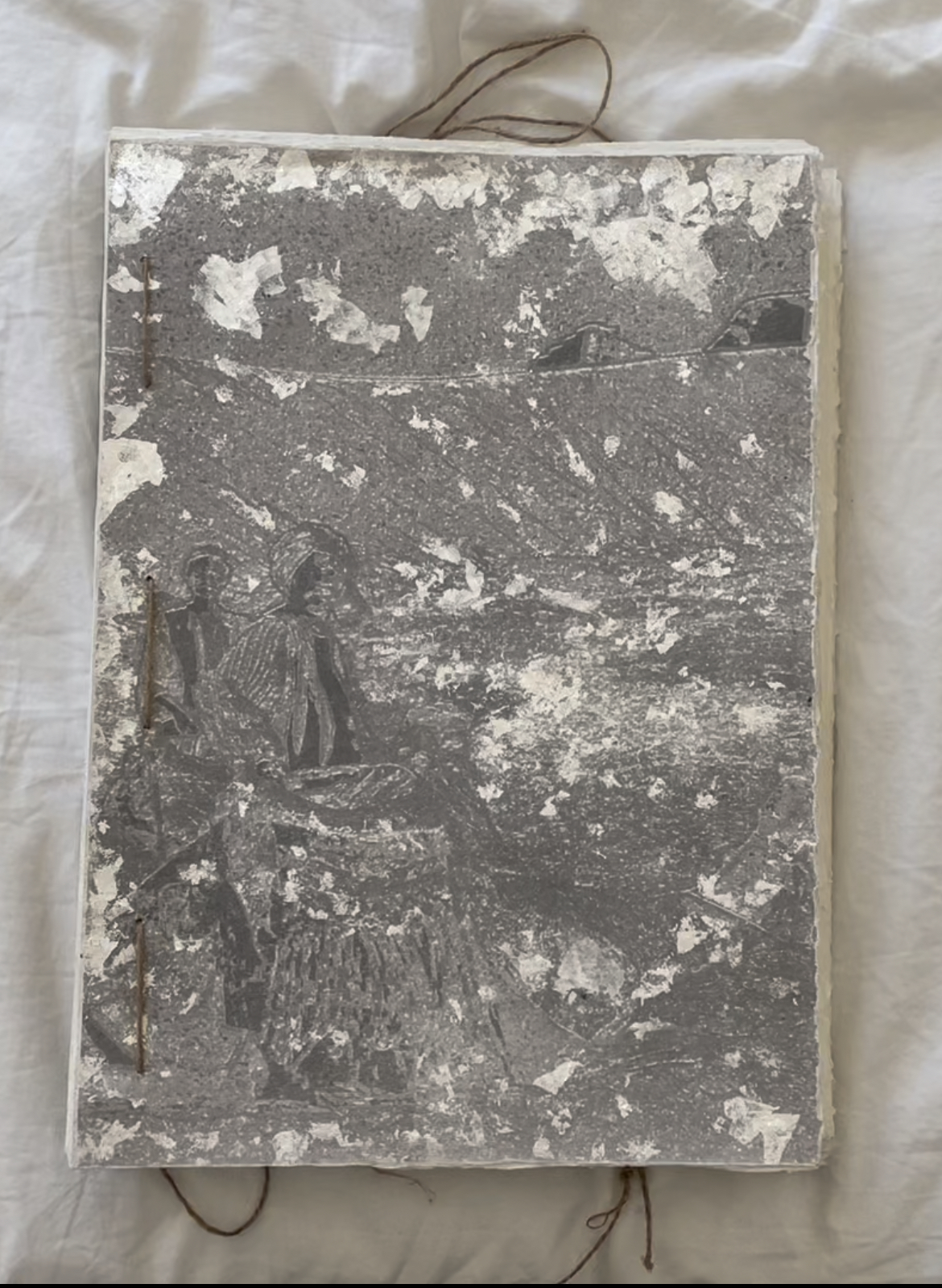

A3 cotton rag paper book painted with silver leaf
technical research and drawings on the world building of the story.

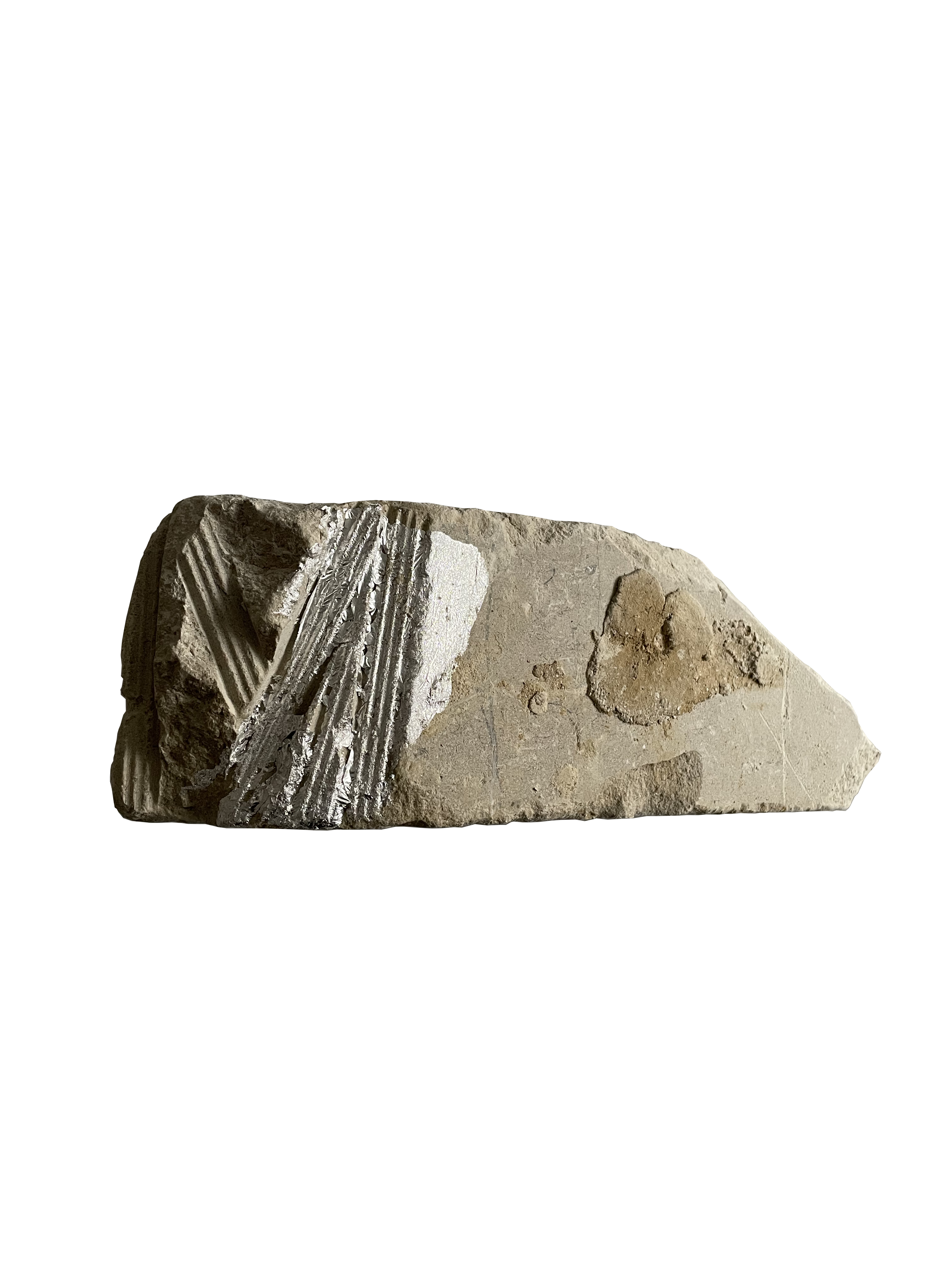
claw chiseled limestone decorated with silver leaf
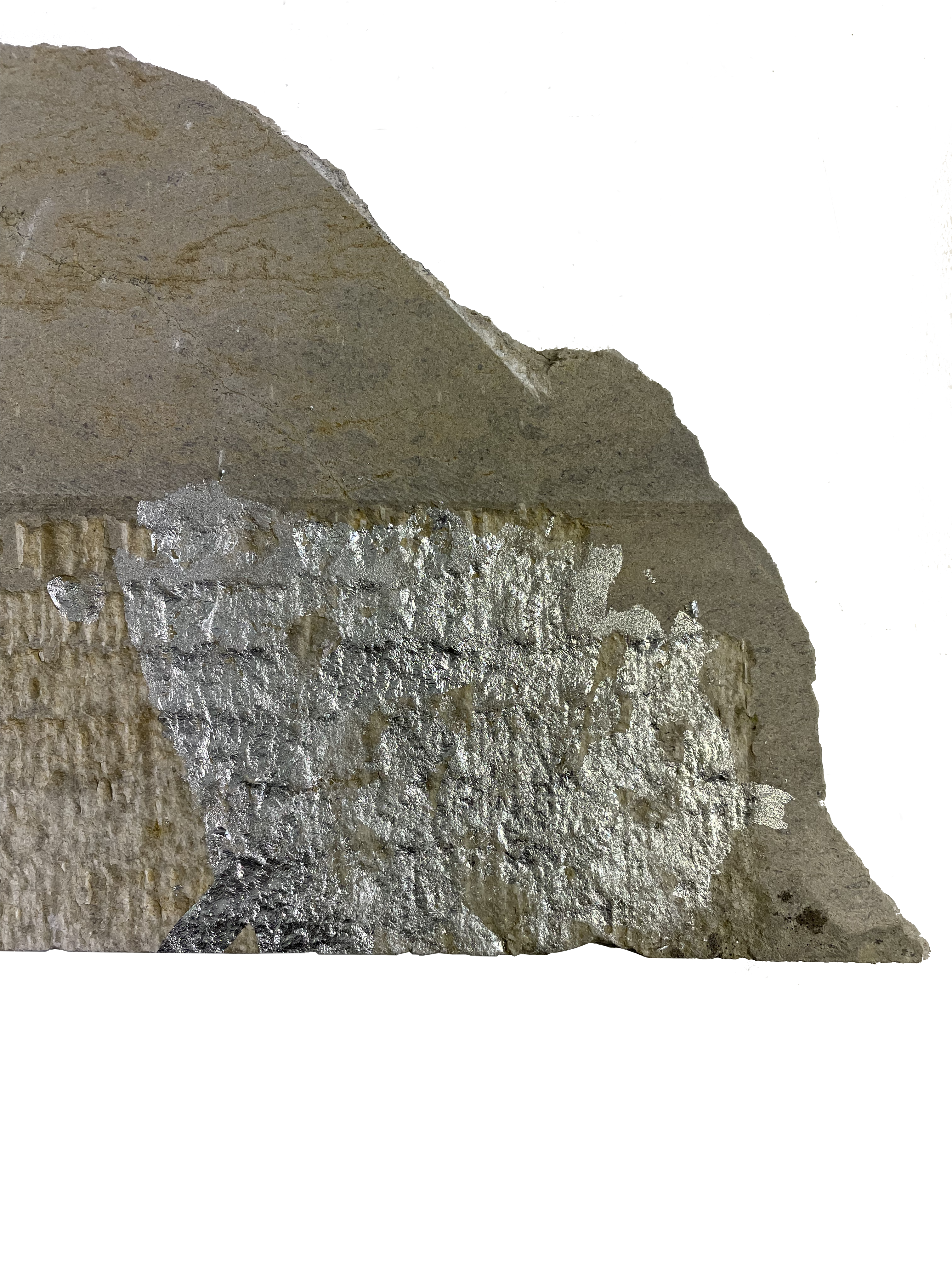
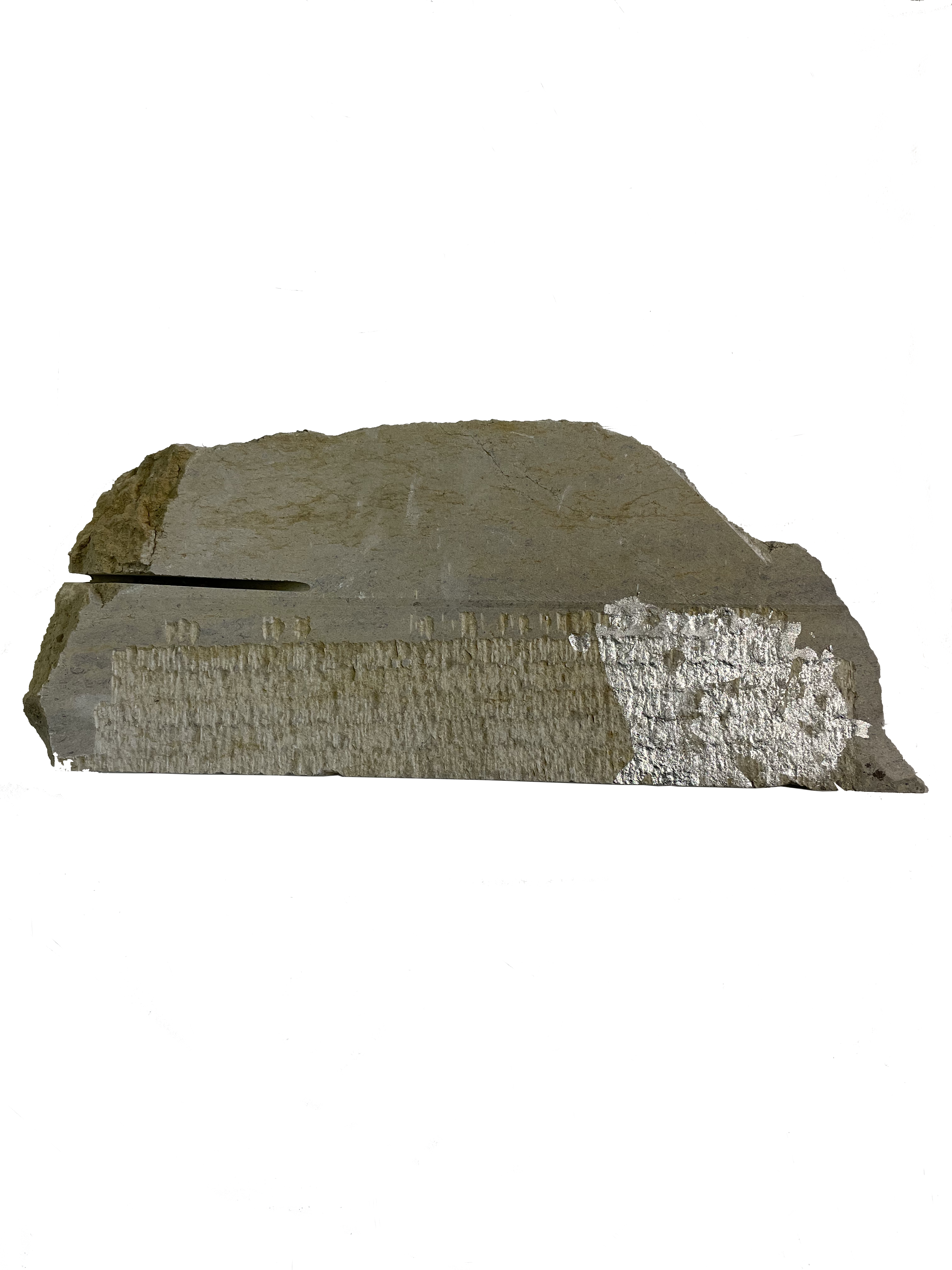
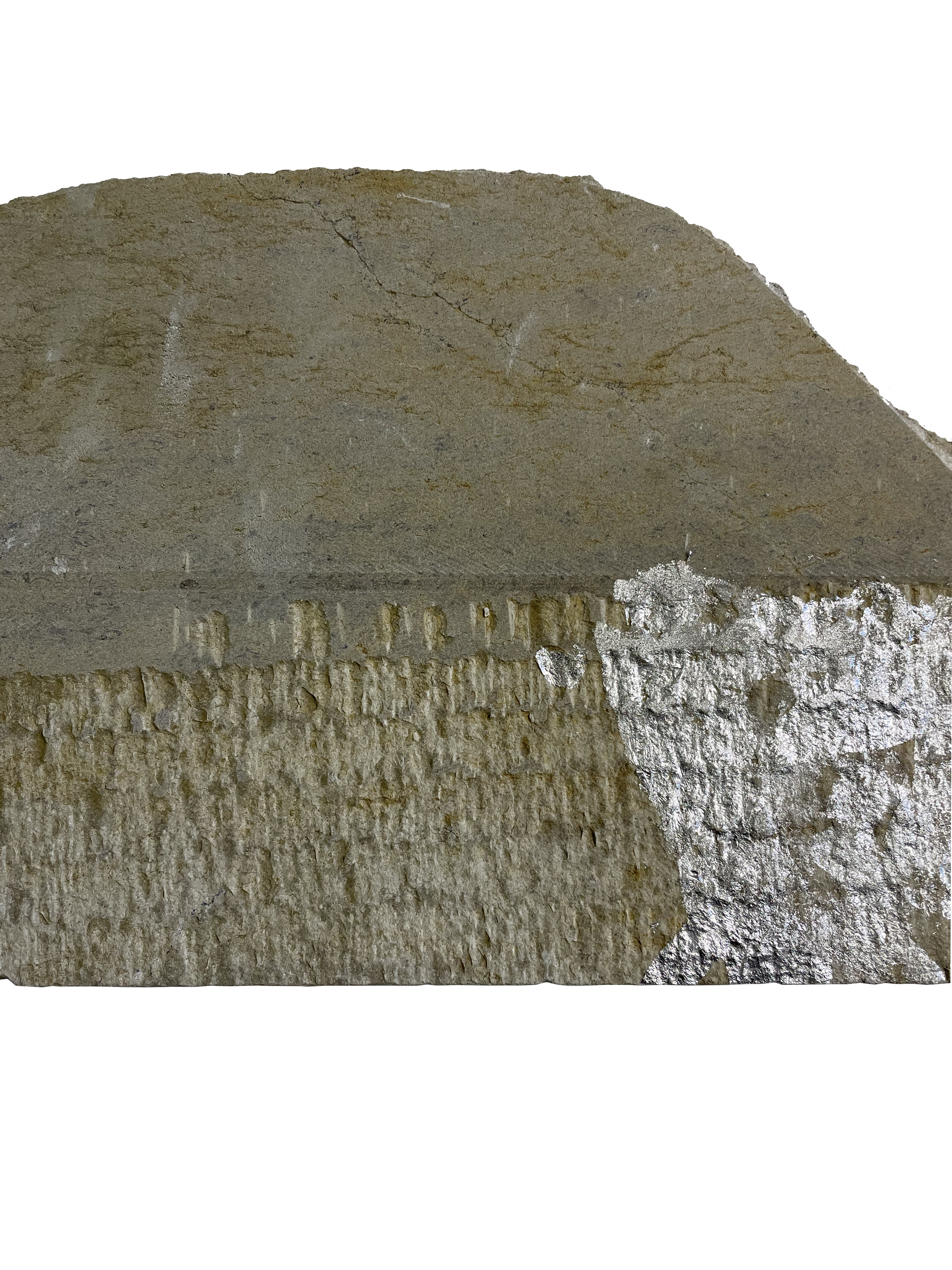

air chiseled limestone decorated with silver leaf
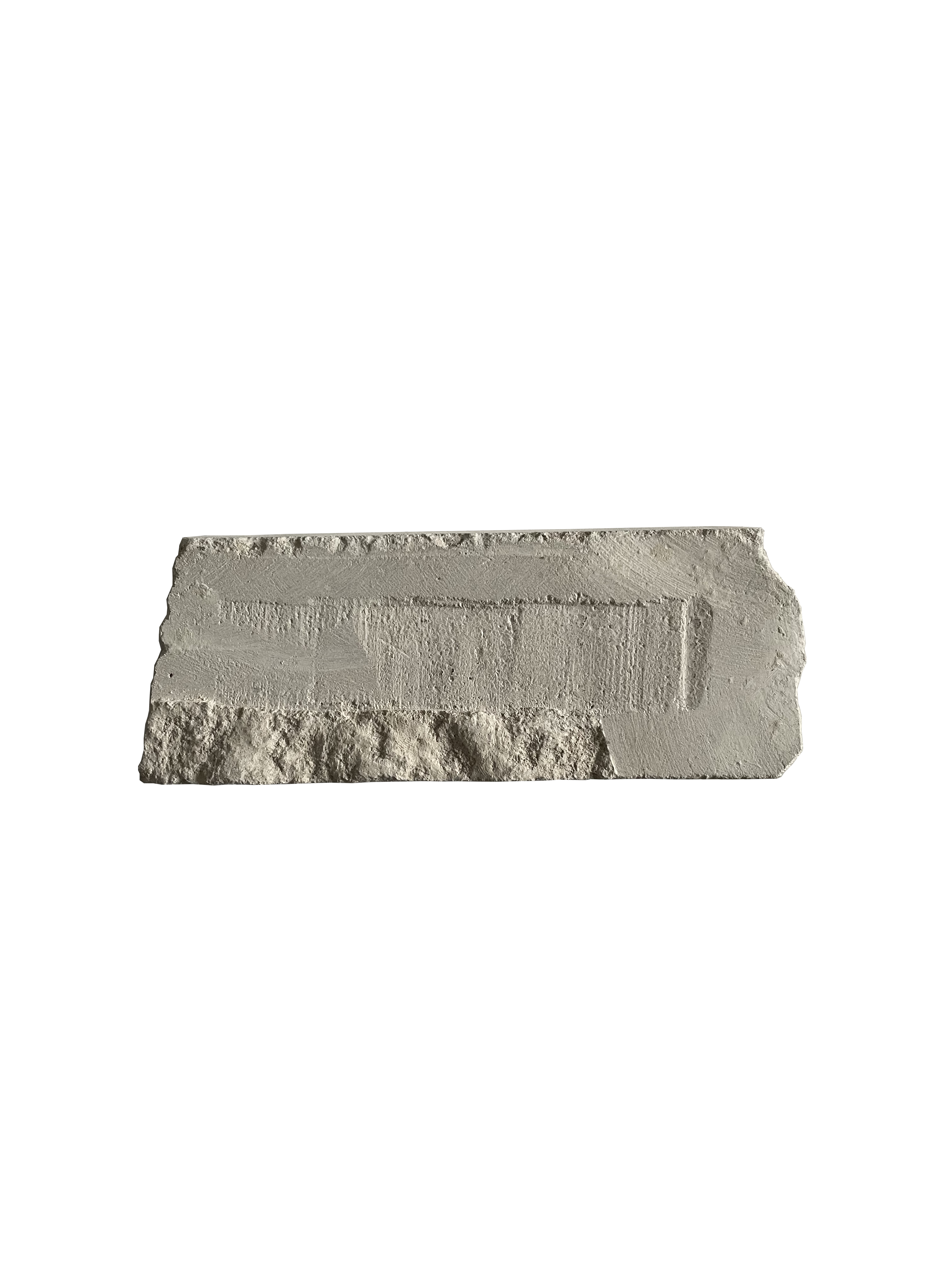

lightly air chiseled limestone




